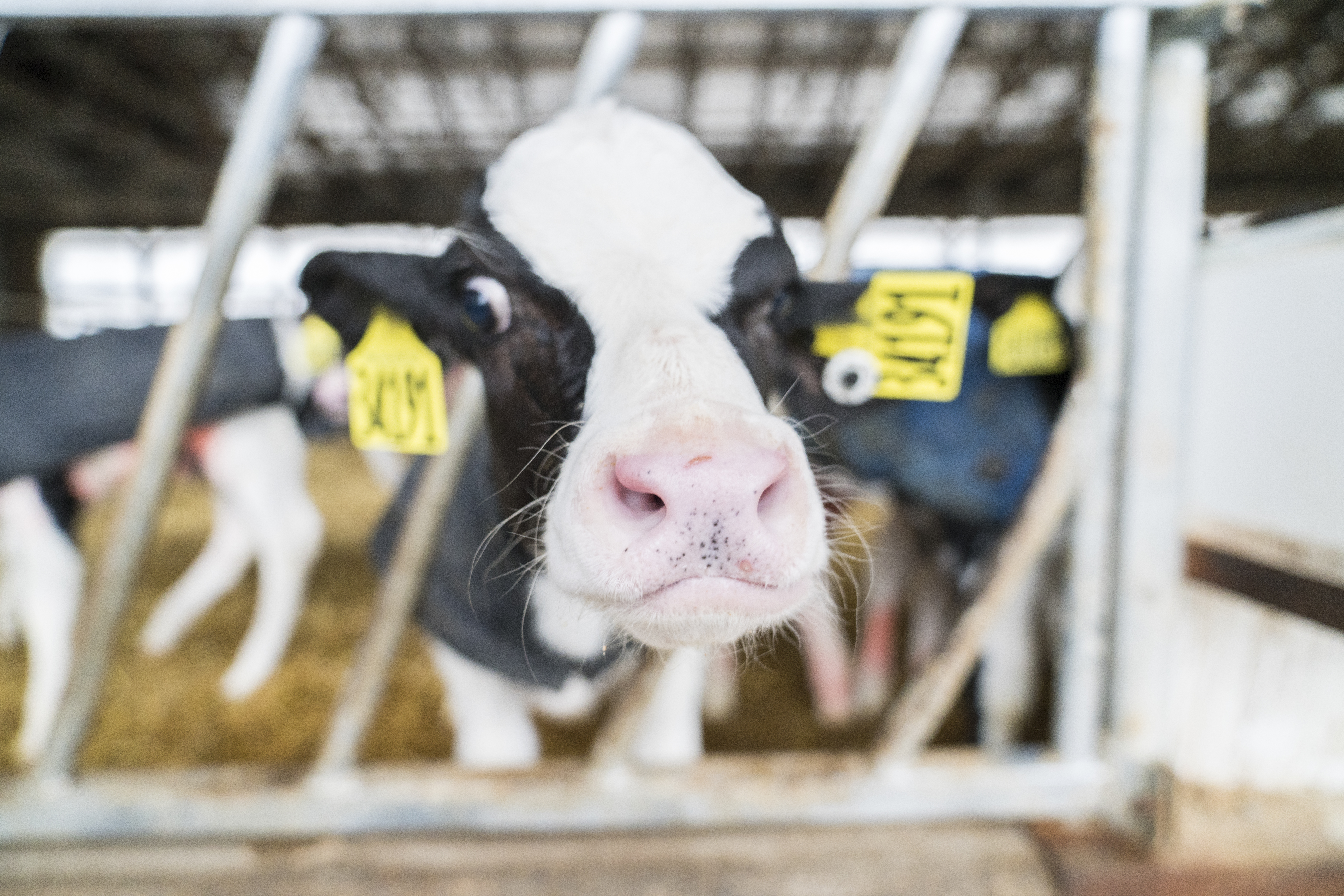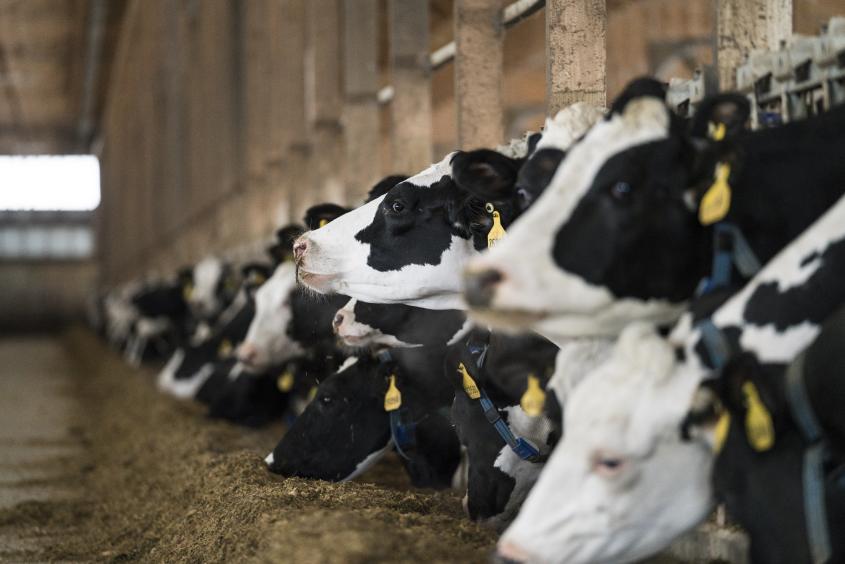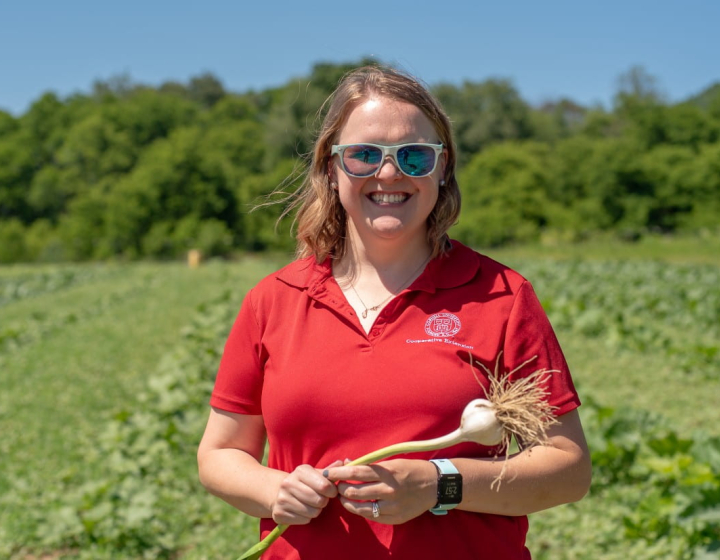Keeping cows and humans safe from Salmonella Dublin
Northeastern dairy cattle are at risk of a new type of infection: a strain of Salmonella commonly known as Salmonella Dublin.
“We used to consider Salmonella Dublin a problem of the West Coast, particularly California, but evidence indicates that it’s been moving across the country,” said Kevin Cummings, D.V.M. '96, Ph.D. '10, an associate professor of epidemiology in the Department of Population Medicine and Diagnostic Sciences, who studies the ecology and public health implications of the bacterium. “In the Northeast, it’s an emerging health problem among dairy cattle.”
The bacterium causes respiratory problems, diarrhea, and even death for some calves. It hides out in “carriers” – cows that chronically shed the bacterium, making it difficult to eradicate from herds.
But Salmonella Dublin isn’t just an animal health and welfare issue. It also causes potentially fatal infections in humans, spreading through contaminated foods and direct contact with infected animals. These infections are becoming increasingly common and are resistant to multiple antibiotics, including certain first-line drugs often prescribed for invasive Salmonella infections.
Cummings and several Cornell colleagues screened bulk milk tanks from nearly 5,000 New York dairy  herds for specific antibodies to the bacterium. “The goal was to sample every herd in the state, which was quite an ambitious goal, particularly in a leading dairy state like New York,” said Cummings. Ultimately, about one percent of herds tested positive, but Cummings thinks this underestimates the true infection prevalence.
herds for specific antibodies to the bacterium. “The goal was to sample every herd in the state, which was quite an ambitious goal, particularly in a leading dairy state like New York,” said Cummings. Ultimately, about one percent of herds tested positive, but Cummings thinks this underestimates the true infection prevalence.
Now, Cummings is investigating factors that increase the bacterium’s spread and the risk of introduction into dairy herds. He and colleagues also recently completed a field trial to investigate the best vaccination procedure. He says that the strong and longstanding relationship between veterinarians at the College of Veterinary Medicine and New York dairy farmers is what makes this work possible. Cummings hopes that these efforts will not only reduce disease in cattle, but will also protect human lives.
By Patricia Waldron





